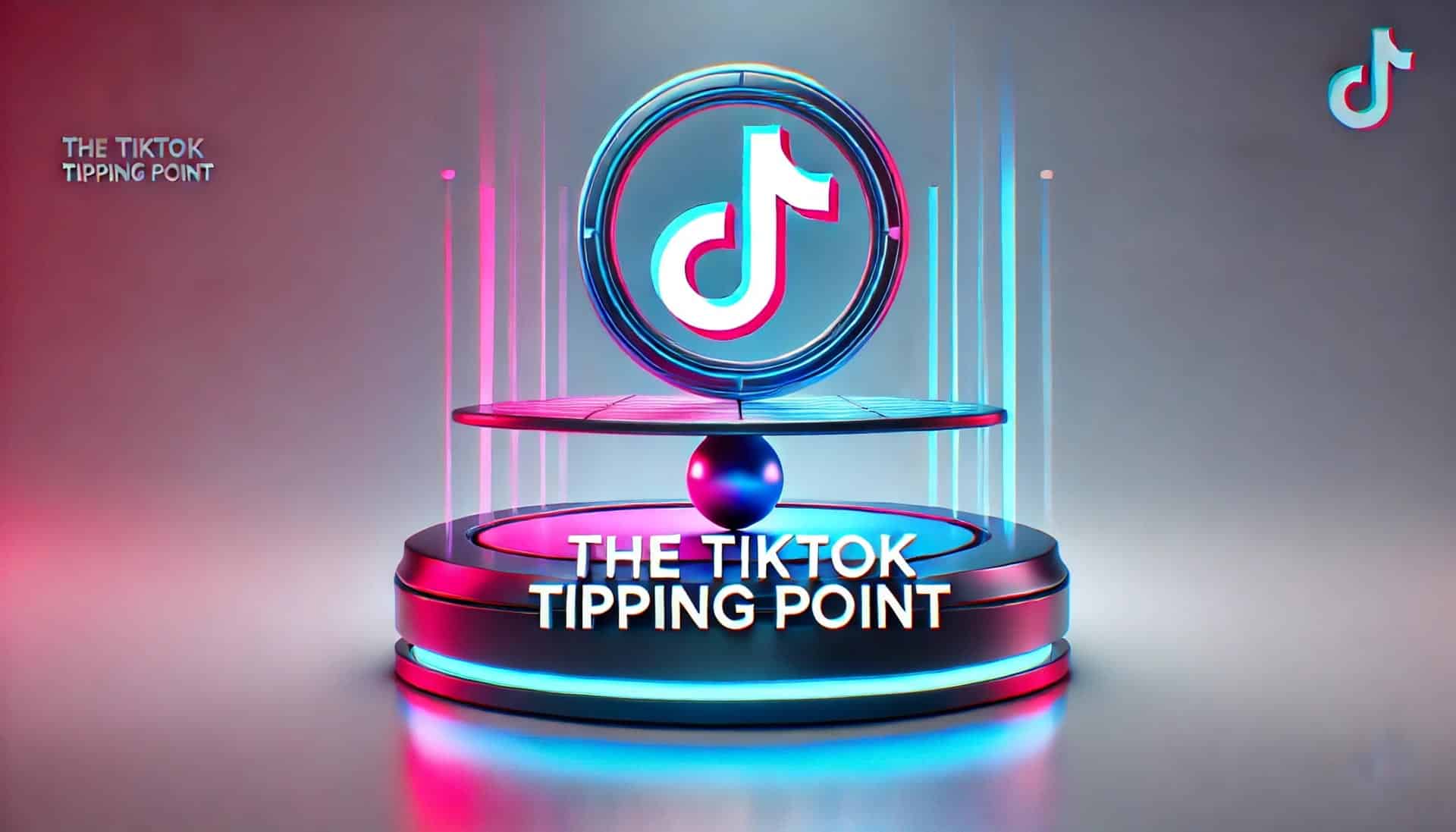The U.S. government thought it could strongarm TikTok into selling to an American company, but TikTok called its bluff. Maybe a sale will still happen, but the recent drama only signals the immense value of the platform.
Yet TikTok’s monetary value is the least of it. The true power of social platforms today lies in their ability to shape the narrative, influence the zeitgeist, and set the trends. And yeah, on TikTok most of those trends involve cats, or silly dances, or cats doing silly dances, but the power to impact culture is what’s really at stake.
Before TikTok, there was Television
Television used to hold that power. Malcolm Gladwell brings two examples in his latest book “Revenge of the Tipping Point”. He posits that “The Holocaust” TV series on NBC in 1978 (watched by 120 million Americans) brought that event, and the term itself, into the collective consciousness and directly led to the establishment of museums throughout the country. Similarly, “Will & Grace” which ran for 8 seasons starting in 1998 (246 episodes, watched by 10-18 million Americans each) catapulted gay marriage from an issue that even advocates thought was decades off, to the standard across all 50 states less then 10 years after the series ended.
Television has, of course, fragmented since that time, and in a way that would be wholly unrecognizable to the audience of 1978. The top TV show this month is Chicago Med with 6 million viewers. Long gone are the days of 120 million viewers. But you know what 170 million Americans spend an average of an hour a day watching in 2025? TikTok. Of course they aren’t all watching the same thing, but it’s not all dancing cats either. According to Pew Research, 39% of adults under 30 say they regularly get news from TikTok.
Malcolm Gladwell uses the term “overstory” to describe a meta-narrative that shapes how people think and behave. Theoretically, whoever controls TikTok and the other massive social platforms can impact how stories are created and spread, and that can have a powerful influence on society. Overstories can shape how people think about the world.
But why the term “overstory”? It’s a metaphor referring to the highest layer of tree-canopy coverage, “way up in the air, in many cases outside our awareness”. And that’s why it is so powerful. Look no further than the fact that Chinese App “RedNote” hit #1 in the app store this week. The true impact these platforms can have is “way up in the air”, the overstory, outside of most Americans’ awareness.
But much like television, and more recently, podcasts and streaming services, the fragmentation will also come to social media – hastened by the threat, and momentary reality, of the TikTok ban. Trump realized this and threw his hat in the ring with Truth Social. The slow devolving of Twitter has led to Threads, Bluesky, Mastodon, etc. On the photo and video side, YouTube Shorts, Lemon8, Neptune, Flashes, etc. are all vying for user attention.
What Social Media Fragmentation Means for Your Brand’s Social Strategy
We stand on the precipice of this inevitable social media fragmentation, a new tipping point, if you will. It will lead to the rise of more specialized platforms catering to distinct audiences. We’ll see more dedicated spaces for communities centered around particular interests, hobbies, and ideologies, and potentially even open-source social spaces (Bluesky, Mastodon and Pixelfed as examples). For smart brands, one-size-fits-all content has already evolved into platform-specific strategies, but the future will require an even more nuanced approach.
This will make social strategy more complex, but also more necessary. Much like paid media channels, it will become more about putting the right message in the right place to reach the right audience, instead of just programming content for the same 3-5 social channels for every brand.
Therefore, audience targeting will become more crucial, requiring a deep understanding of each platform’s user base and culture. Niche platforms will undoubtedly each develop their own unique tone, style and engagement practices. Brands will need to craft messages that resonate authentically in a specific context. But this same fragmentation will offer opportunities to engage more deeply and build stronger connections. Let this tipping point be a call to brands to dive deeper into social strategy and understanding.
While the potential TikTok ban has accelerated social media’s fragmentation, it is by no means the only driver in a race to impact, and even control, the overstory. The battle to shape the norms and narratives that influence the behavior of Americans is being waged now, and brands should pay attention.
The Latest
We study the game as hard as we play it.
Learn with us what’s now and next.




